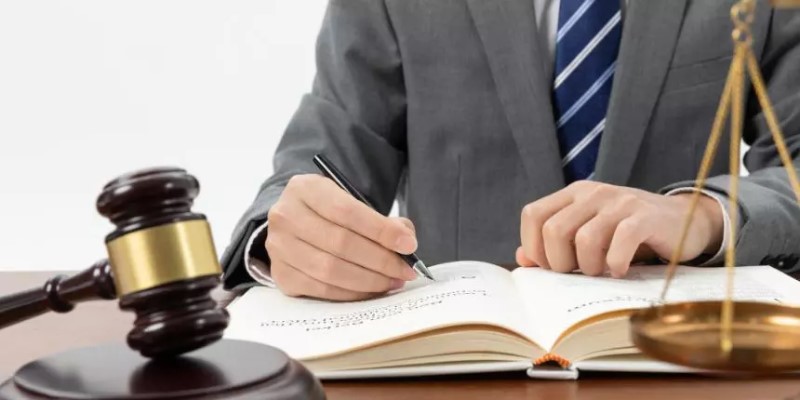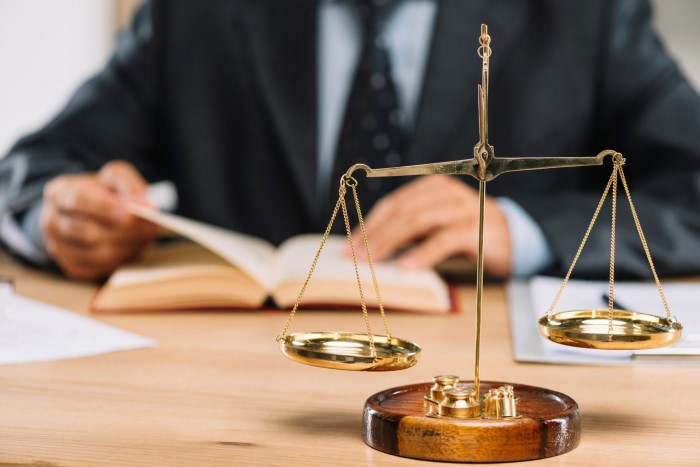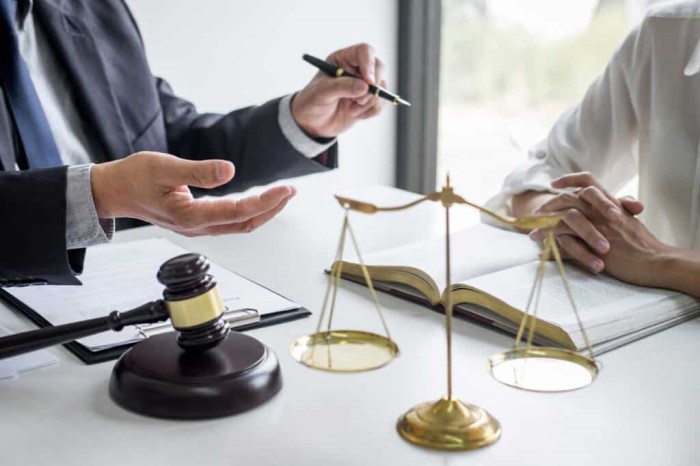Introduction
Slip and fall accidents are common occurrences that can lead to cuts and wounds. Understanding the risks of infection associated with these injuries and knowing how to properly care for them is essential for preventing complications and promoting healing.
Importance of Addressing Slip and Fall Injuries
Slip and fall accidents can happen anywhere, from workplaces to homes to public spaces. While cuts and wounds may seem minor, they can become serious if not treated properly. Infections, in particular, pose a significant risk and can lead to complications if left untreated.
Types and Categories
Types of Slip and Fall Injuries
- Abrasions
- Lacerations
- Puncture wounds
- Contusions
Categories of Cuts
- Superficial cuts
- Deep cuts
- Jagged cuts
- Clean cuts
Symptoms and Signs
Symptoms of Slip and Fall Injuries
- Pain
- Swelling
- Bruising
- Bleeding
Signs of Infection in Cuts
- Increased pain
- Redness and warmth around the wound
- Swelling
- Pus or discharge
Causes and Risk Factors
Causes of Slip and Fall Accidents
- Wet or slippery surfaces
- Uneven flooring
- Poor lighting
- Cluttered walkways
Risk Factors for Infection in Cuts
- Exposure to dirty or contaminated surfaces
- Failure to clean and disinfect the wound promptly
- Compromised immune system
- Diabetes or other underlying health conditions
Diagnosis and Tests
Diagnostic Tools for Slip and Fall Injuries
- Physical examination
- X-rays
- MRI or CT scans (if deeper injuries are suspected)
- Blood tests (to check for signs of infection)
Tests for Detecting Infections in Cuts
- Wound culture
- Blood tests (white blood cell count)
- Imaging studies (to assess the extent of infection)
- Assessment of symptoms and signs
Treatment Options
Medical Treatments for Slip and Fall Injuries
- Cleaning and disinfecting the wound
- Antibiotic ointments or creams
- Sterile dressings or bandages
- Tetanus vaccination (if necessary)
Therapies for Promoting Wound Healing
- Rest and elevation
- Proper nutrition
- Moist wound healing
- Wound debridement (if necessary)
Preventive Measures
Tips for Preventing Slip and Fall Accidents
- Keep walkways clear of clutter
- Install handrails and non-slip mats
- Maintain proper lighting
- Promptly clean up spills or wet surfaces
Strategies for Preventing Infections in Cuts
- Clean cuts promptly with soap and water
- Apply antibiotic ointment and cover with a sterile bandage
- Avoid exposing cuts to dirty or contaminated surfaces
- Monitor for signs of infection and seek medical attention if necessary
Personal Stories or Case Studies
Real-Life Implications of Slip and Fall Injuries
Case Study: Sarah’s Slip and Fall Accident
Sarah, a busy office worker, slipped on a wet floor in the office kitchen and suffered a deep cut on her forearm. Despite initially dismissing it as minor, the wound became infected, leading to complications and time off work.
Expert Insights
Advice from Medical Professionals
Dr. Emily Nguyen, an emergency room physician, emphasizes the importance of promptly cleaning and dressing wounds to prevent infection. She also advises seeking medical attention if signs of infection develop.
Conclusion
Slip and fall accidents can result in cuts that pose a risk of infection. By understanding the causes, symptoms, and proper care of these injuries, individuals can take steps to prevent complications and promote healing.





